Building on the questions we posed to Dmitri the Massage ASMR, we dive even deeper with arguably the most popular ASMRtist out there. Maria, aka GentleWhispering, took some time to speak with us, in her natural voice, about what exactly ASMR means to her and how she goes about creating content for this field.
GentleWhispering’s 3d-sound ASMR Video:
Maria, the Russian ex-pat and now fully-fledged American citizen based in Baltimore, has racked up as many, if not more, hits than the largest indie rock band you can think of. That’s where we want you to imagine. Imagine having half a million YouTube subscribers and nearly 30,000 Facebook followers. Her most popular video, the one you see above, has been seen over 14 million times as of this post’s publishing. That’s the sizable audience that she engages with, relaxes, promotes, and produces content for. And what she creates for them is something she popularized: it’s introducing to the world a unique style of video, one focused on quiet whispers.
garrison keillor’s “News from Lake Wobegon” Excerpt:
There have been earlier strains of this kind of entertainment before. Bob Ross, the famous public television landscape painter, knowingly softened his tone to get his audience primed on a certain mindset. Others like Verne Lundquist or Garisson Keillor, whether in televised golf broadcasts or in public radio storytelling, would by voice modulation hit a certain volume that would allow their audiences to either engross themselves further in the placid action… or to knowingly tune in to tune out and zonk out.
Unbeknownst to all of them, they had an audience looking not just tuning in for whatever they were introducing but looking for something else — a trigger they couldn’t easily find elsewhere. For Bob, Verne, or Garrison, the difference was that at the end of the day whether it was through painting, golf, or some mercurial Folk Americana, the topics themselves were their focus. This isn’t the case for ASMRtists. They’d focus on that trigger.
Verne lundquist’s commentary for the Masters:
This makes what Maria is doing very interesting. Its something she has acknowledged before. For her, certain sensations like feeling goosebumps when someone would lightly tickle her, or hearing a schoolteacher whisper instructions would put her in a certain state of euphoria. Around 2009, when she was going through a period of depression, she’d tune in to YouTube and comb through numerous “relaxing” videos. One day she hit on a “whispering” video that gave her a new feeling. As she told the Washington Post “And as soon as I heard the lady’s voice, I just got showered with tingles,” Maria says. “It was so great.”
Those videos came to her at an opportune time in her life. Whenever anxiety crept in, she’d strike one up and feel a certain relief. She herself would speak in gentler tones to others as a method to relax herself. Little by little, in due time, she’d notice people IRL (in real life), at work, would ask her to read back magazines or catalogs in that voice and knowingly zone out to her for a bit.
However, those same videos she clicked on before were no longer having the same effect on her. That’s when, around 2011, she decided to create her first videos. In a way, these early videos serving both as a way to pay it forward, perhaps triggering something for other people who shared the same experience, and in another way to spur others to create new content that she herself could experience as well. What started out as a video shot on a cellphone with only two views shot up to nearly 30,000 subscribers by the end of the year.
Gentlewhispering’s first video:
As her viewership started to increase she started to shift the paradigm. Rather than giving a wink and a nod to a viewership that was looking for content to trigger these sensations, she along with a few others, started to experiment and own this content as its own thing. ASMR then didn’t have a term, but now people like Maria were focusing intently on the audience that was looking for it. That’s where these ideas of brushing, role-playing, soft-whispering start to evolve and expand alongside a creative process that is allowing them to better flesh out what exactly people want to feel.
Holly herndon’s “lonely at the Top” from Platform:
Binaural recordings have existed nearly since the creation of recorded sound itself, but the way we interact with sound itself seems to be changing. Deadmau5 may jokingly integrate a sample of Maria’s voice into “Terrors in My Head“, but far more interesting musicians, musicians like Holly Herndon for one, are using this kind of sound recording to both dissect and recreate what makes this phenomenon so interesting and, knowingly, to some people creepy or misophonia. In the hustle and bustle of modern e-life, ASMR might be one of the new types of digital meditation being created from the ground up. Witness something like Helm reimagining one of popular ASMRtist Christian Noel’s videos into a pitched-down, ambient mood piece on his “Strawberry Chapstick”:
Helm’s “Strawberry Chapstick” from Olympic Mess:
It’s what makes something like the Berlin Community Radio’s “You’re Worth It” radio series, hosted by Claire Tolan, who lends her voice to “Lonely at the Top” so engaging as well. On her radio show she reimagines sampled YouTube sounds and various audio ephemera outside their video context. Can those same sounds, if rearranged in a different or askew way, still fit their original purpose? Can they exist, in the same way, outside of where they are normally encountered?
Composer NEELE HÜLCKER‘s ASMR-influenced “Copy!”:
In “Lonely at the Top” there’s a very quiet, yet overt dig at the 1% who fall for certain kinds of self-help mantras and therapies — things that if you repeat long enough become self-fulfilling — and it does so by using this new pseudo-technique to chill out. It’s with Claire’s radio show that treats the process itself with a certain respect and acknowledgement, where we sense some kind of enlightenment. It’s accepting that this type of content has some kind of importance and process behind it. That’s exactly what Maria helps us uncover today. For that let’s pick up the conversation trying to explain the difference between what musicians might induce through music and what others may feel when experiencing ASMR.
Interview
What is ASMR?
Maria’s History in ASMR
Making ASMR videos
Recording Process/Gear
MARIA’S RECORDING SETUP
- Audio-Technica at803 Lavalier Microphone
- BLUE Spark Microphone (Pair)
- Nikon D3300 Camera
- Nikon AF-S DX Zoom Lens
- Rode NT5 Microphones (Pair)
- Sony HDR-PJ10 Camcorder
- Mogami Gold Studio Cable
- Sony Vegas Pro 12
- Zoom H4n Recorder
| Name | Instrument |
|---|---|
| Nikon D3300 and Nikon AF-S DX | Video Camera and Lens
Maria’s take: Used for up-close recording of detailed objects. (show and tell etc.) |
| Sony HDR-PJ10 | High-Definition HandyCam Camcorder with Built-in Projector
Maria’s take: Used for all the videos that I create movement in (role play, ear-to-ear, tutorials etc.) |
| Audio-Technica at803 | Clip-On Lavalier Microphone
Maria’s take: Small mic I use for tutorial type videos. |
| Zoom H4n | Portable Media Recorder
Maria’s take: Used as a stereo microphone sometimes, but mostly as a recorder. I have two of these for 4-channel audio recording. |
| BLUE Spark | Large Diaphragm Condenser Microphone (Matched Pair)
Maria’s take: I use a set of these microphones in most of my ear-to-ear videos and role plays. My main and my favorite microphones. They pick up just enough of my voice without picking up too much of wet mouth sounds and popping. |
| Rode NT5 | Small Diaphragm Condenser Microphone
Maria’s take: Used rarely, they’re more detailed-kind of sound microphones, I find they distort my voice in low frequencies but they have super clear audio. |
| Mogami Gold | Studio XLR Cable
Maria’s take: These are the best cables I found to provide the clearest audio for me and have the least buzz possible. |
YouTube Twitter Facebook Instagram
Find GentleWhispering on:

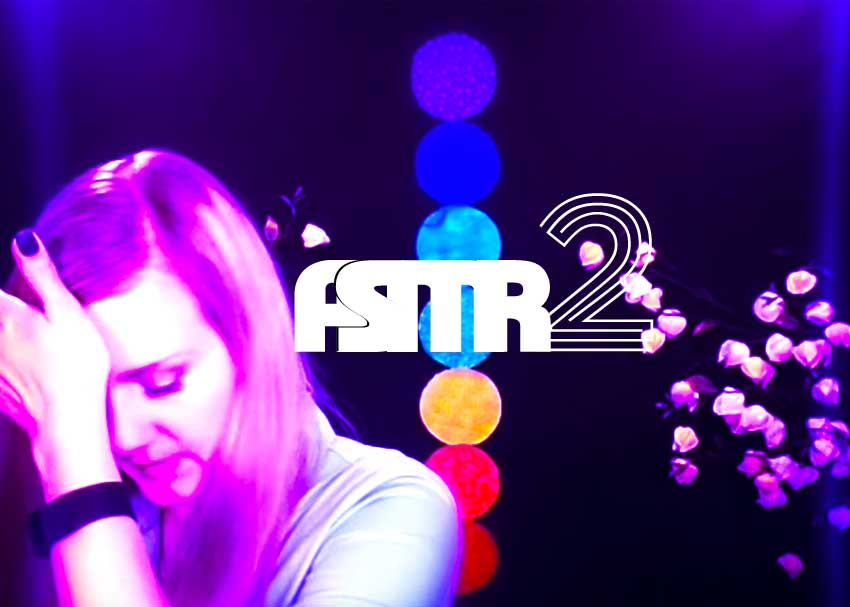
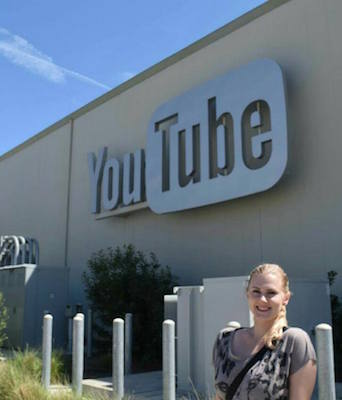
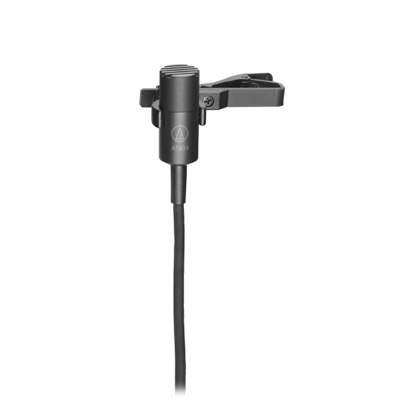
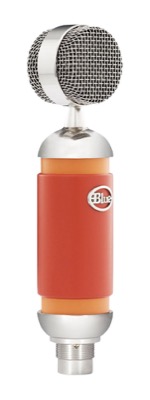
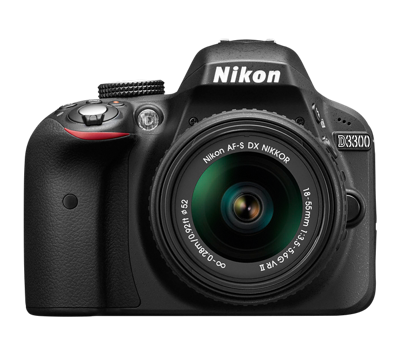

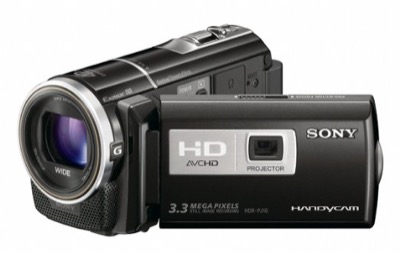

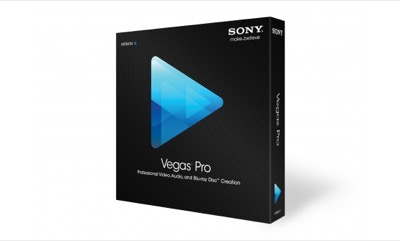



Leave a Reply